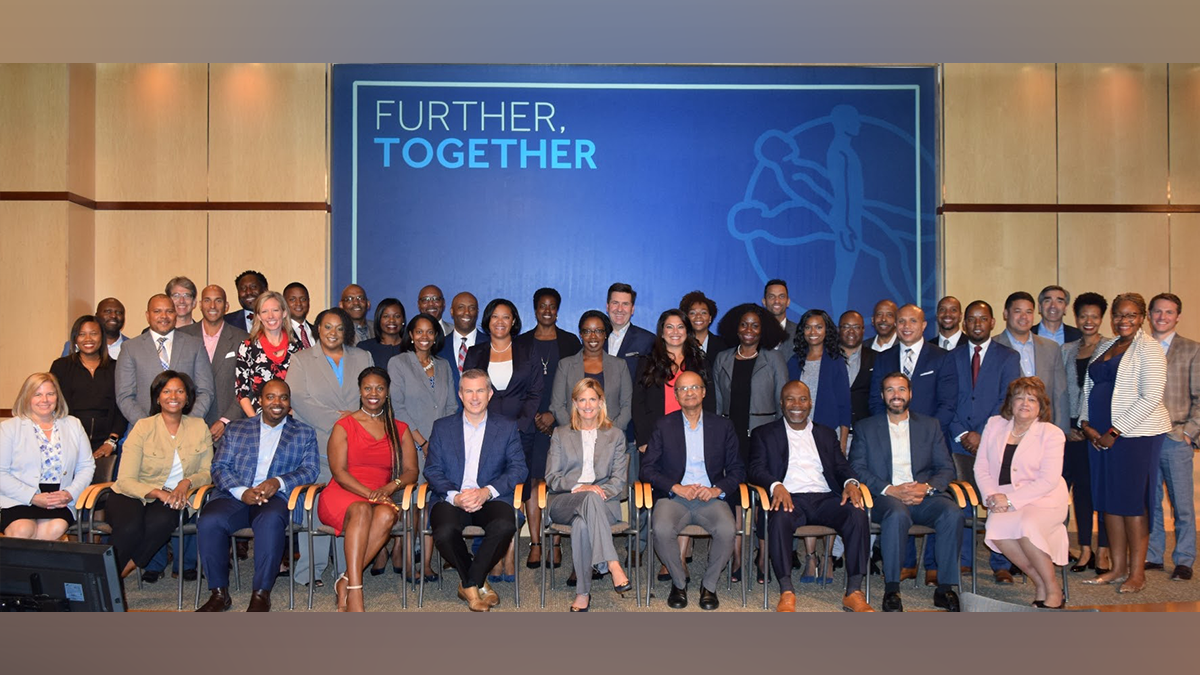Medtronic: Where inclusion and diversity are mission-critical
8 min read

Executive summary
At Medtronic, one of the world’s largest medical technology, services, and solutions companies, a 60-year-old mission guides the development of every present-day innovation, product, and program. The bedrock of that mission, drafted by co-founder Earl Bakken in 1960, is “to alleviate pain, restore health, and extend life.” This first of six tenets serves as the lens through which nearly all company decisions are viewed. The strong commitment to core values seems to be working: the company’s therapies currently improve the lives of more than two people every second. For Medtronic, adhering to time-honored principles not only serves as a compass to guide its actions, but offers a clear business advantage.